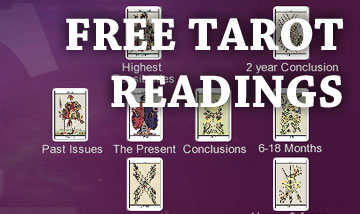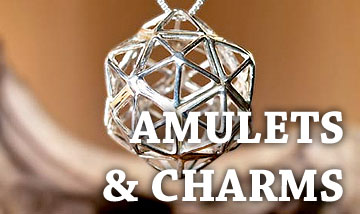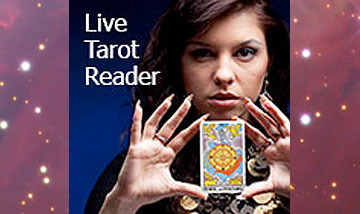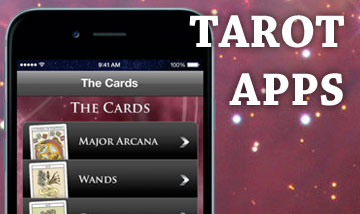Healer
Healer n: according to the Fourth Edition American
Heritage Dictionary of the English Language the latter is 'one that heals
or attempts to heal, especially a faith healer'. Faith
healing has been around for many years, but with the advent of modern
medicine it has tended to become the domain of sorcerers, astrologers
and assorted quacks. These people did not necessarily refuse
to recognise the Church, however the Church did tend to repudiate
them. The Renaissance saw the development of a more materialistic
attitude towards health and disease and as a result belief in the
effectiveness of faith healing began to diminish. This was except
among the pitifully poor. Below are some examples of history's
better known 'faith healers'.
Two individuals who kept the practice alive around the 17th century were
Valentine Greatrakes and Johann Gasner. In Ireland Valentine
Greatrakes made his name by the alleged drawing of illness from the body
by stroking it, like a form of magnetism drawing out the illness from the
body. He attributed his powers to God, but was shortly rebuked by an
ecclesiastical court who were wholly unimpressed by him. However he
did manage to impress the diarist John Evelyn and the chemist Robert Boyle
and his techniques were widely imitated. Eventually some of his
followers even came to the conclusion that:
'just as an iron bar is magnetised by stroking with a magnet, the healing
force involved must be not simply faith, but faith supplemented by
magnetism'.
Around a hundred years later a man called Johann Gasner was born in
Austria. He found that after becoming a priest, and having many
wrestling matches with the devil, he developed a form of exorcism
which he allegedly could use to cure diseases. he would put his
patients into a trance like state. His patients exhibited
convulsions, dissociation and coma, which were also typical of the effects
produced by Shamans. During the trance like state of his
patients Gasner discovered that he could except some degree of control
over his patients. He found more surprisingly that when he used an
unfamiliar language such as Latin to talk to his patients they would still
follow his instructions even though they did not understand. Like
Greatrakes before him, the Church was unimpressed and after falling foul
of the Church authorities he was told to cease his healing activities.
Following on from Greatrakes and Gasner was a man called Franz Mesmer who
fused together the techniques of 'magnetising' and shamanism.
Mesmer practiced in Paris and his technique was to:
'Bring his patients together in a room where there was a tub filled with
iron filings, into which rods were stuck. The patients held the
rods, or held each others' hands; music played; they went into trances,
dissociated, had convulsions, sank into comas - and felt better. Or
so several of them told a committee of enquiry on which were some
distinguished scientists of the period - Benjamin Franklin, Lavoisier,
Pinel and Dr. Guillotin.'
Although the scientists were in agreement that the technique actually
worked the consensus was that it only worked in the minds of the patients
and as such was little more than another form of faith healing.
Mesmer, however disagreed:
'The universe, he claimed, was held together by what he described as an 'aetheric
continuum', of which the stars and planets were a constituent part:
and from them flowed 'animal
magnetism', which his apparatus was designed to transmit to people who
were ill - illness being the result of failure to draw sufficiently on
their aetheric continuum reserves.'
Sadly the French revolution interrupted his career and after ending his
days in obscurity in Switzerland his name is now synonymous with quackery
and occultism. See also: acupressure,
acupuncture,
healing,
faith
healing and laying
on of hands.
Source: Information and excerpts for this article: Encyclopedia of the Unexplained, edited by Richard Cavendish. Consultant: J.B. Rhine Publisher: Penguin Group 27, Wrights Lane, London W8 5TZ England ISBN: 0 14 019190 9
 DISCOVER TAROT ON iPHONE, iPAD AND ANDROID.
DISCOVER TAROT ON iPHONE, iPAD AND ANDROID.
Learn Tarot Card Meanings, what they mean when combined in a reading, test your knowledge in the Tarot Quiz and reveal what the future may hold with the Tarot Reading App.





